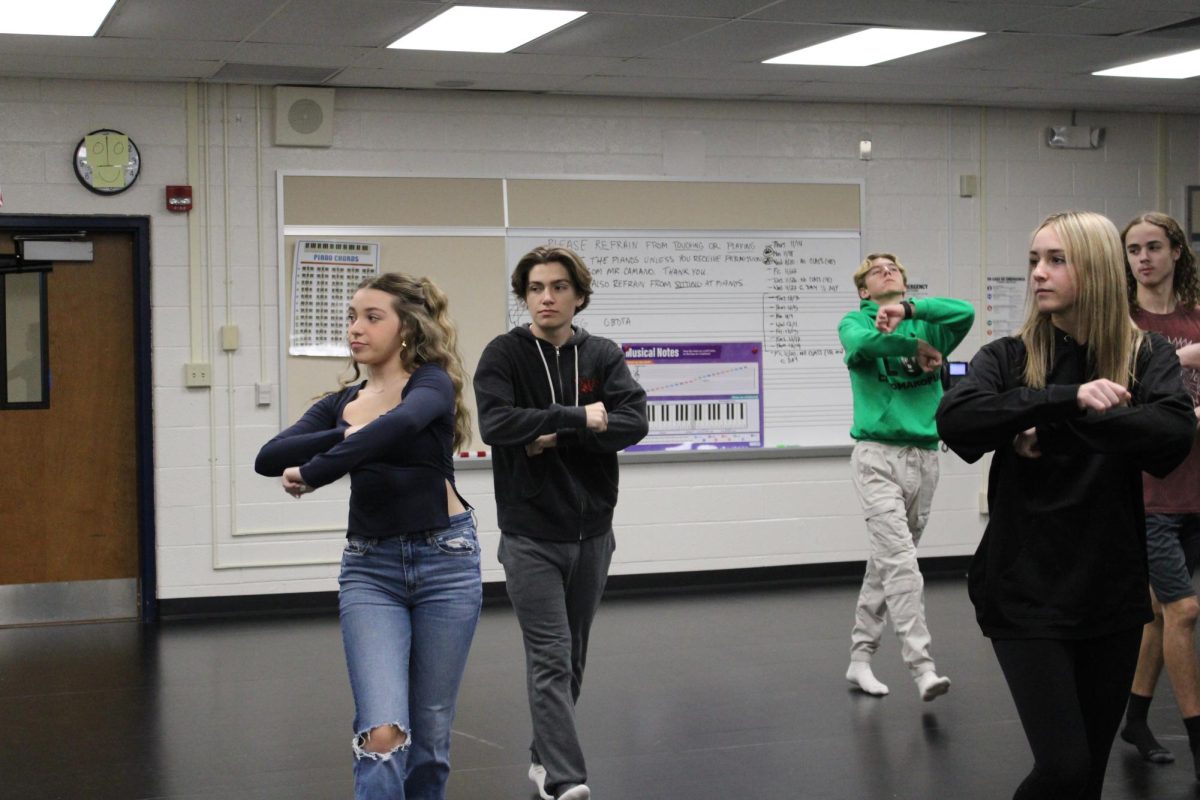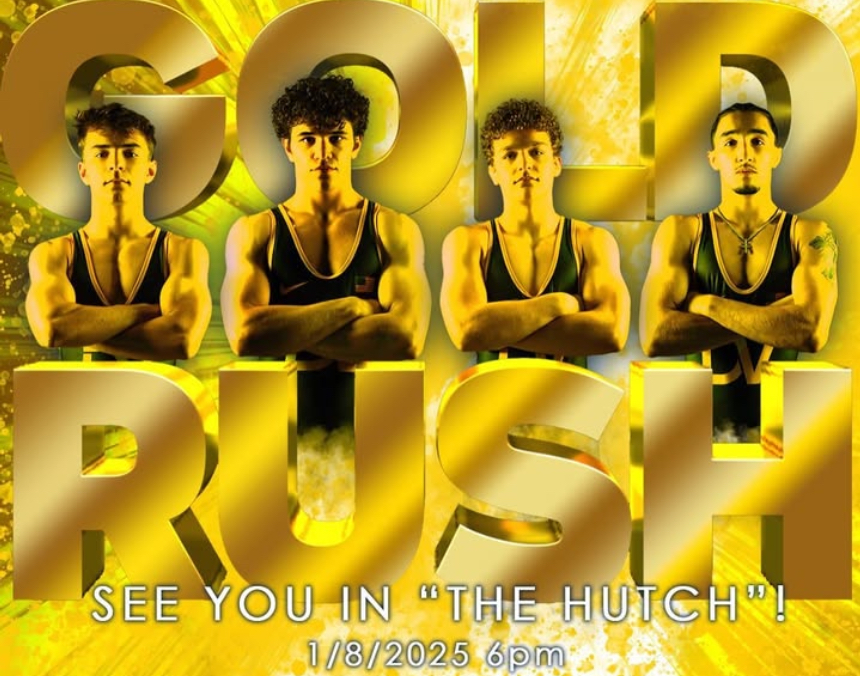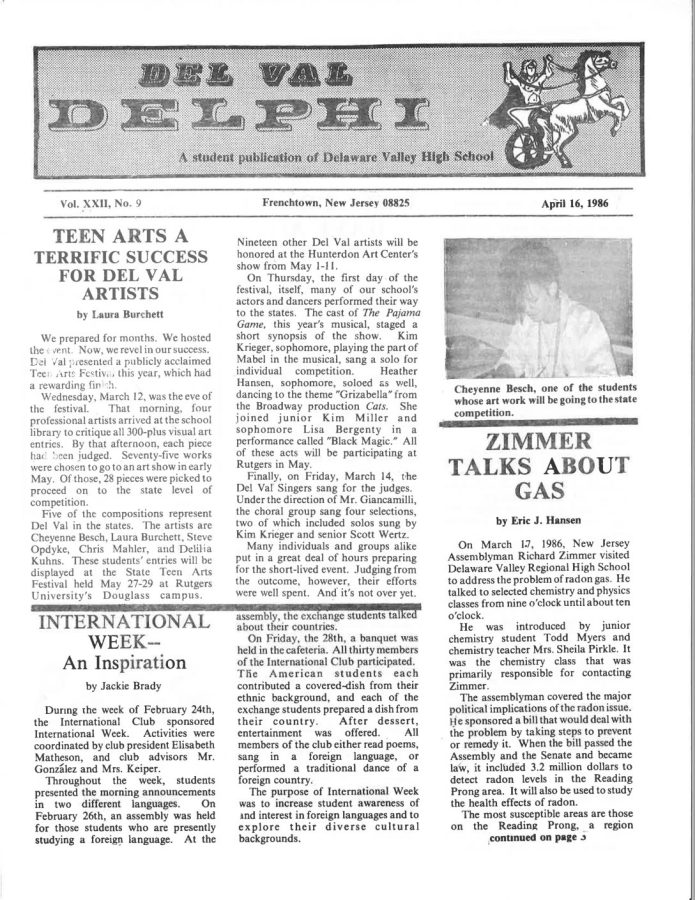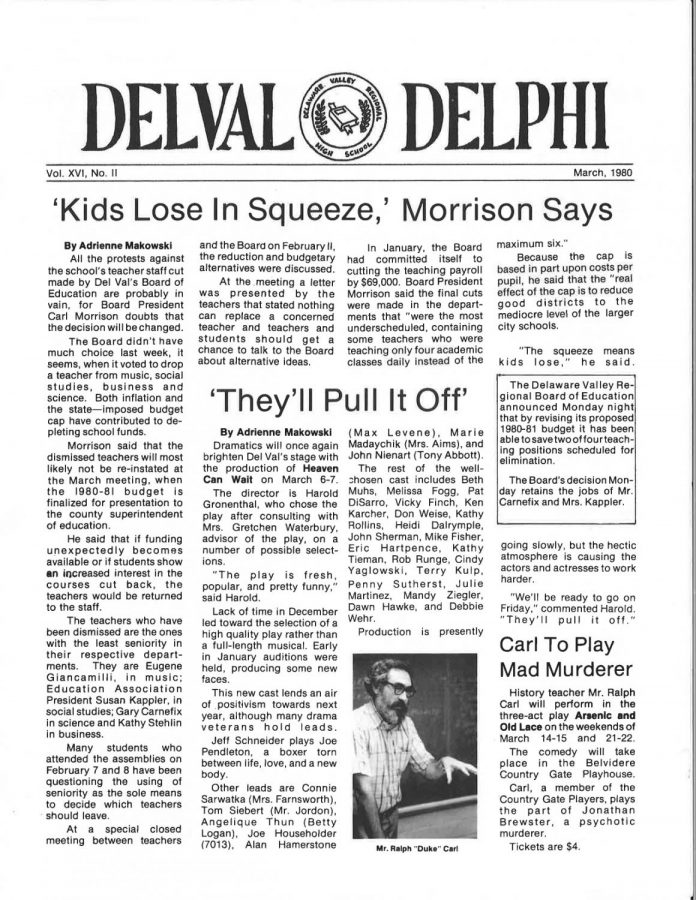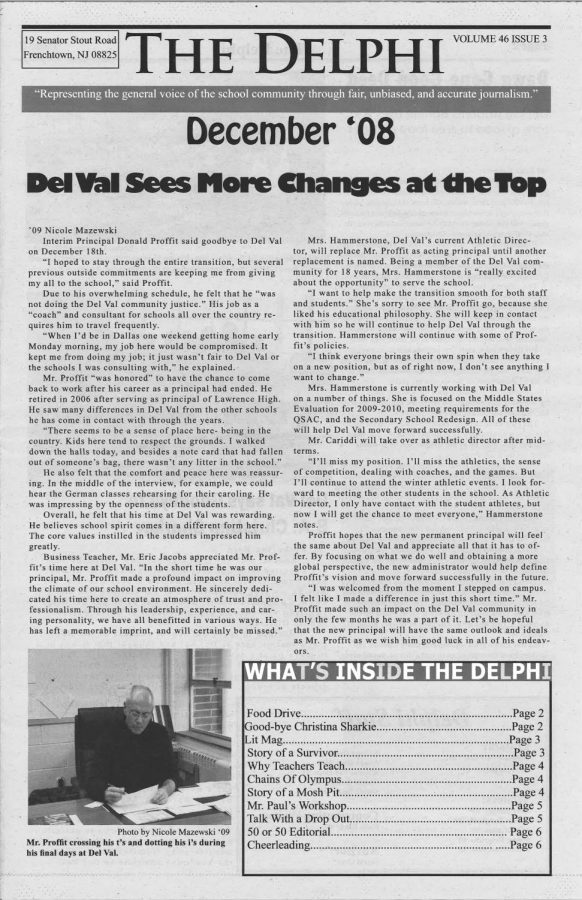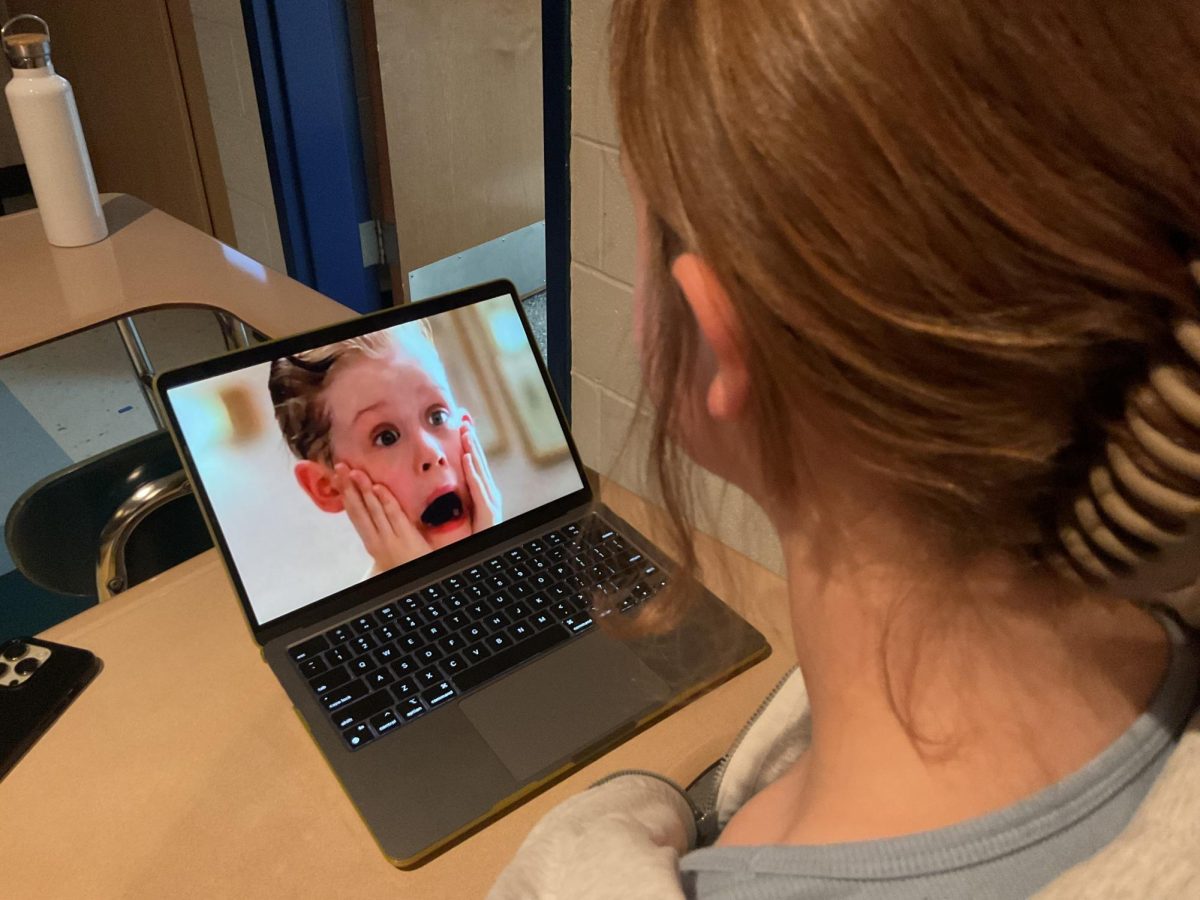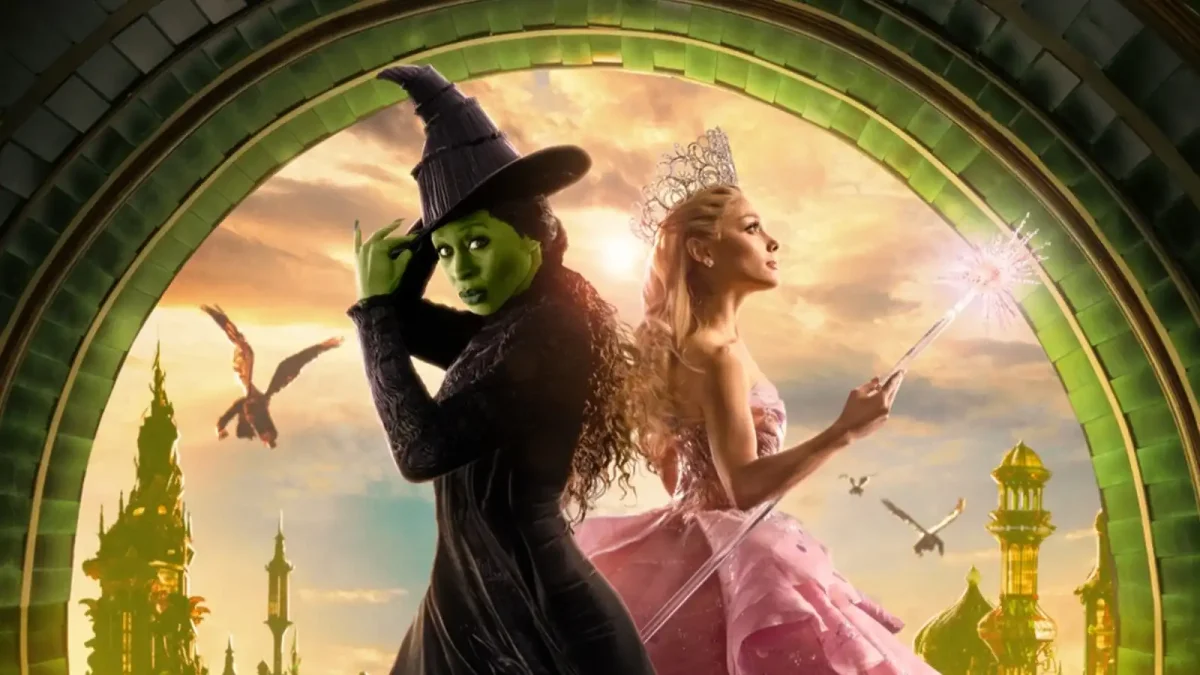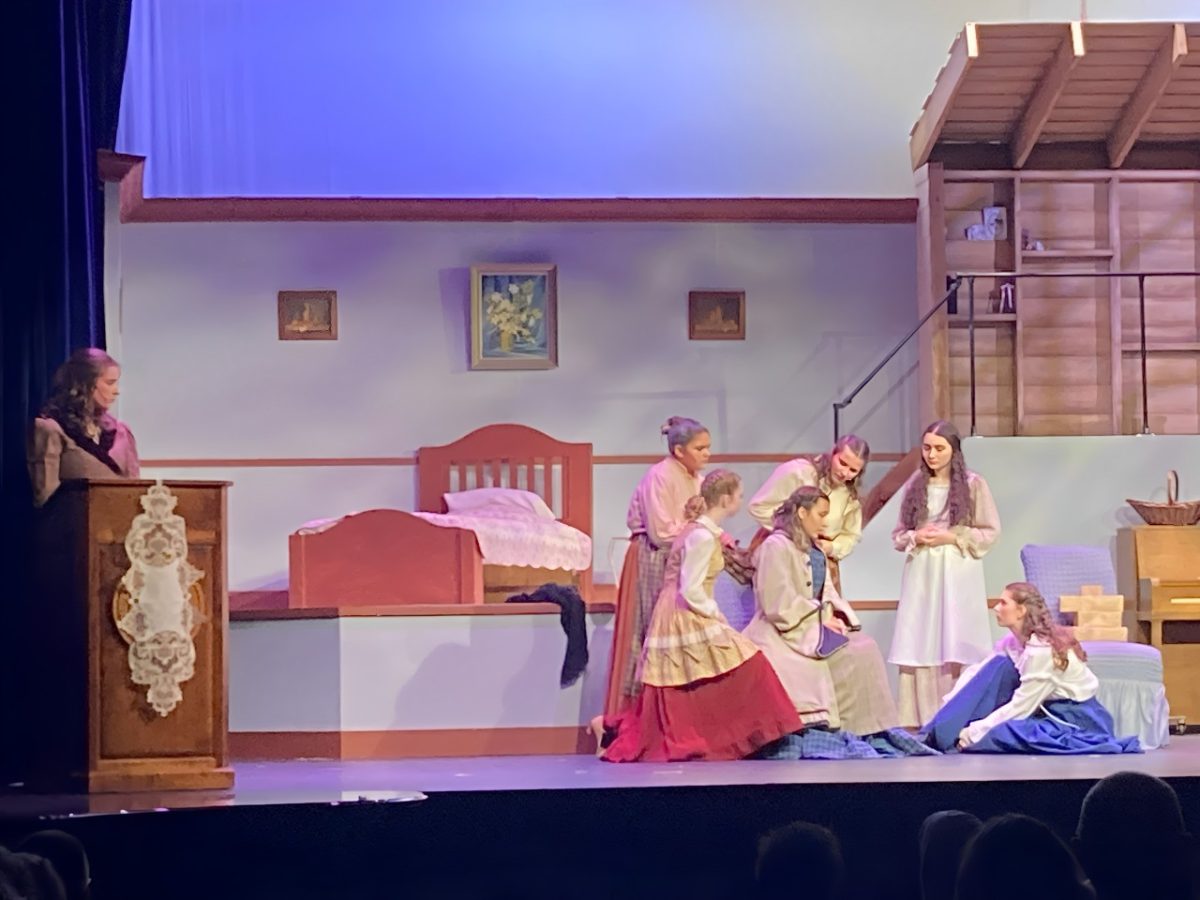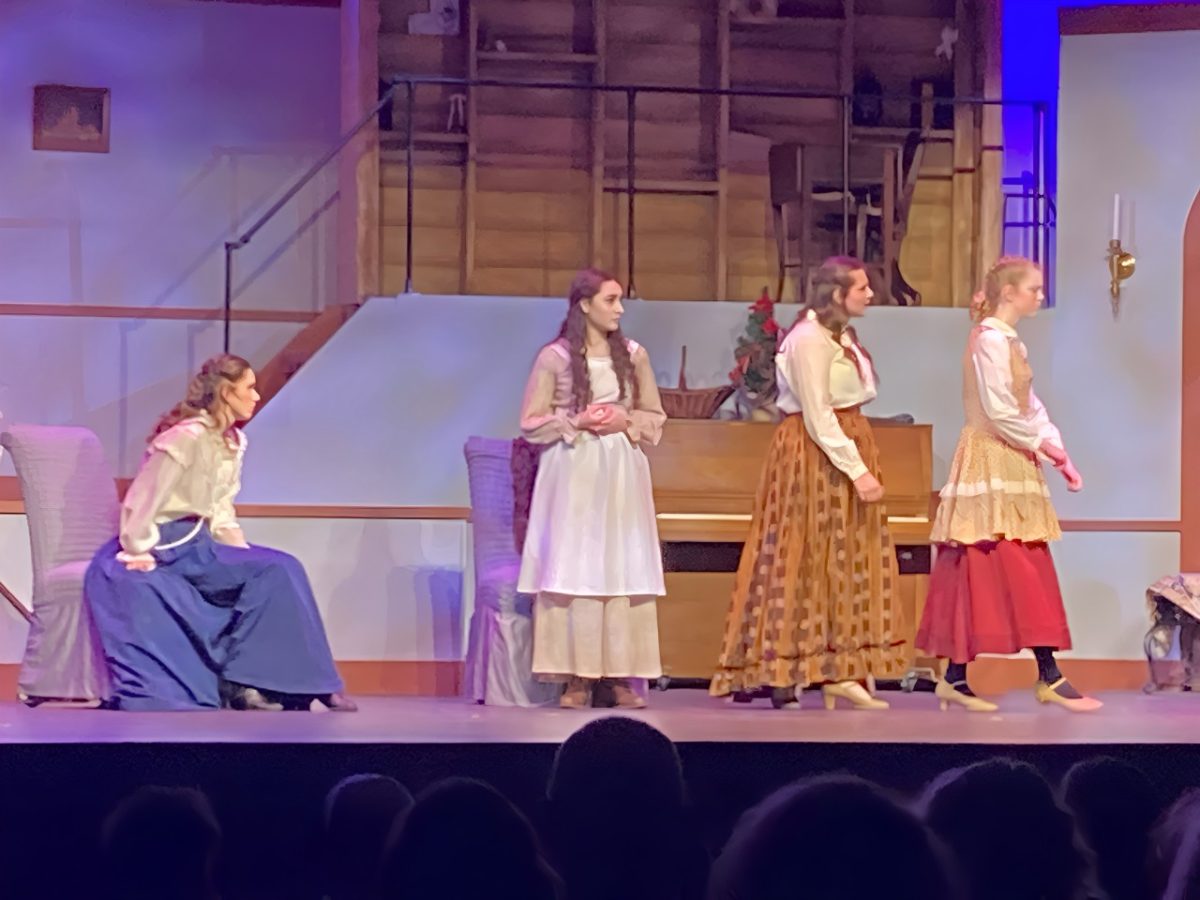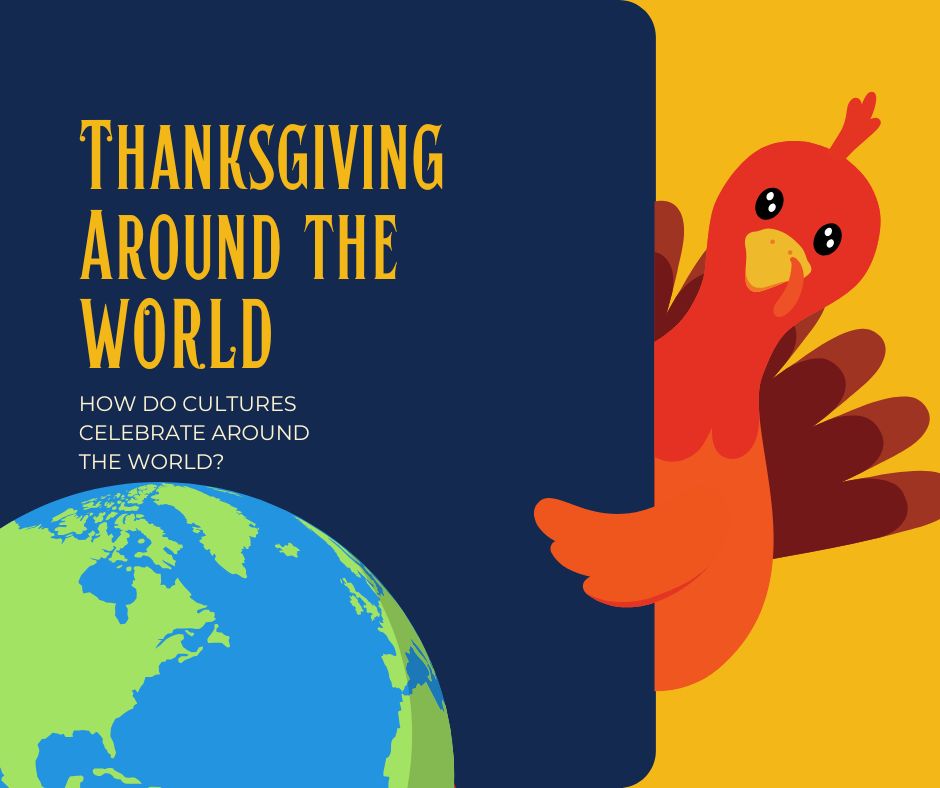The newly released prequel “The Hunger Games: The Ballad of Songbirds and Snakes” brings life back to “The Hunger Games” franchise, but it might be a little disappointing to fans who actually read the book it’s adapted from.
The film, the fifth adaptation of Suzanne Collins’ dystopian novel series, gives fans a look into the creation and early years of the Hunger Games as well as the origin story of the main trilogy’s villain: President Coriolanus Snow.
As expected, the film delivers on what is typical of the franchise: elaborate costuming of Panem’s Capitol citizens contrasted with the desolation of life in the districts. Different from the complete display of elitism through fashion in the original films, Trish Summerville’s costuming gives insight into the story’s elite as they still turn to extravagance even when they can barely afford to feed themselves.
The slightly toned-down, but of still fancy, clothes continues to enforce the major contradiction between the Capitol’s citizens and the people of the districts. This is even more evident given the set design of the districts themselves.
True to the book, District 12, home of main character Lucy Gray Baird, is completely run down and poor. Better than any other set in the movie, the depiction of District 12 is a great exemplification of how difficult life is for non-capital citizens and serves as a subtle reminder of how completely different Lucy Gray and Snow are, which is majorly important to the plot.
As for the actors, they all fit their roles well. Tom Blyth (Coriolanus Snow) does a great job showing the subtleties and complexities of his character that make him truly evil. Rachel Zegler (Lucy Gray Baird) does well portraying both an entertainer and a character who’s ferocity affects a revolution years later in the Hunger Games world.
Additionally, her live performance of all of the songs in the film brings her character even more life and leaves the audience rooting for her even more so because they are entertained by her just as the capital is.
Most impressively, Hunter Schafer’s expressiveness as Snow’s cousin Tigris gives fans insight into how their relationship plays out in the future, even more than the book does. Aside from just the main characters, each of the actors playing the tributes in the game make their characters realistically young and humane, exhibiting how inhumane the games truly are.
Despite the great costuming, set design and casting, the film struggles to show the true thoughts and motivations of Coriolanus Snow like the book does. While fans who have read the book know what Snow is thinking throughout the film and why he does certain things, the rest of the audience does not.
Because of this issue, many important aspects of Snow’s characterization are lost on most of the audience. Acts that may seem to be coming from a benevolent part of him make Snow seem less evil and more misunderstood. Snow’s relationships seem more genuine and less calculated than they truly are. Although some viewers can still identify that Snow has always been evil, others might begin to feel sympathy for him, which is a problem given that the prequel intends to explain his behaviors, but not excuse them.
Even if it’s not as in depth as the book, most fans of “The Hunger Games” will enjoy this prequel. For those who aren’t familiar with the story, it would be a great introduction to the series. No matter how much you know about The Hunger Games, everyone can find something to like about this film.







